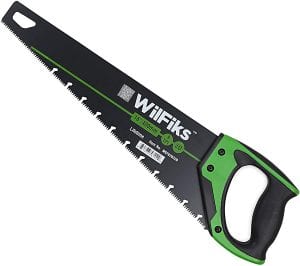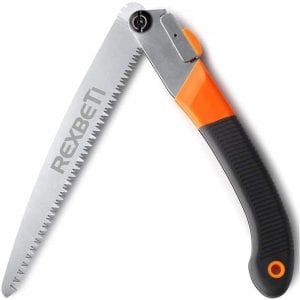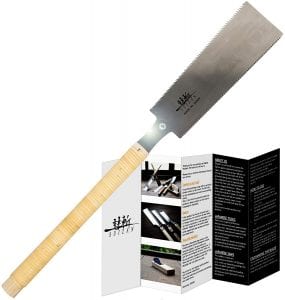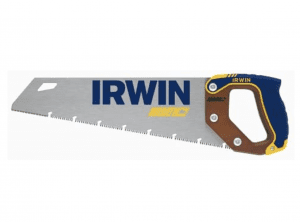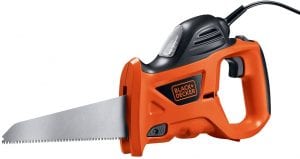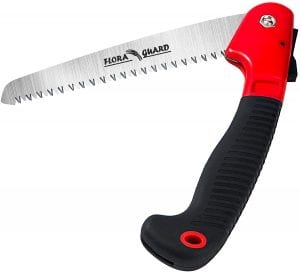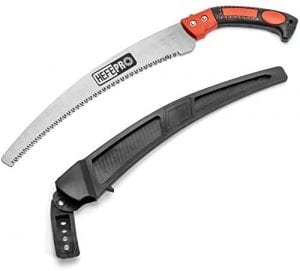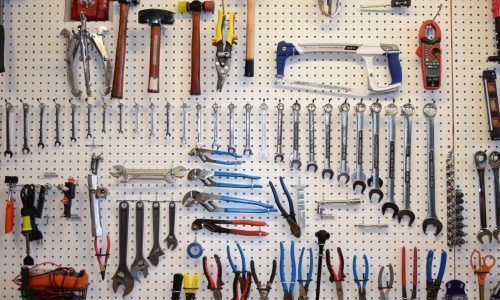The Best Hand Saw
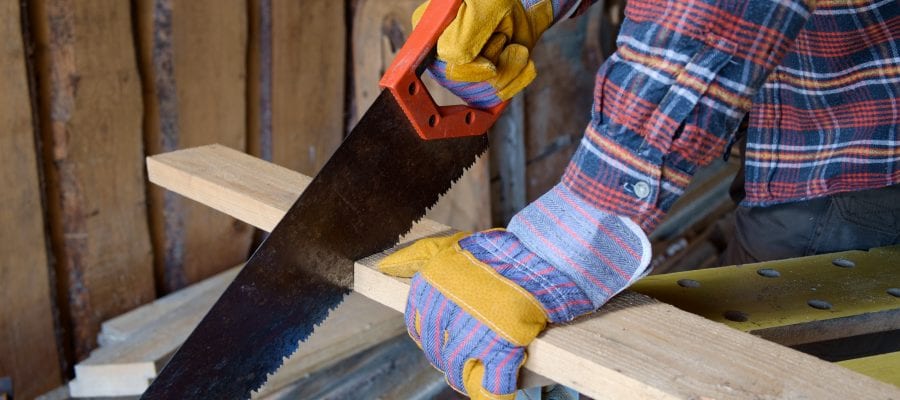
Our Review Process
Don't Waste Your Money is focused on helping you make the best purchasing decision. Our team of experts spends hundreds of hours analyzing, testing, and researching products so you don't have to. Learn more.
Our Picks For The Top Hand Saws
- 1. WilFiks 16-Inch Pro Hand Saw
- 2. REXBETI 11-Inch Heavy Duty Folding Hand Saw
- 3. SUIZAN Japanese 9.5-Inch Ryoba Double Edge Pull Saw & Hand Saw
- 4. IRWIN Coarse Cut ProTouch 15-Inch Hand Saw
- 5. BLACK+DECKER 3.4-Amp Electric Hand Saw
- 6. FLORA GUARD 7.7-Inch Folding Hand Saw
- 7. Typhon East Razor Sharp 14-Inch Curved Japanese Style Hand Saw
This hand saw can tackle a range of precise cuts, from dovetails to miters and tenons. It's a saw that's built for professionals and serious do-it-yourselfers. The induction-hardened teeth of this saw help you make smooth cuts — and also last up to five times longer without being sharpened.
Great for ProfessionalsThe precise-cut capabilities of this durable saw make it perfect for framers and general contractors.
The blade might only be 11 inches long, but this saw packs serious power, with staggered teeth (7 per inch) that can easily cut through 7-inch diameter branches. When extended, the hand saw is a heavy-duty 22 inches, but when folded into its comfortable rubber handle, it's only 12 inches in length.
For CampfiresThis rugged saw has an 11-inch blade that folds when not in use, making it great for camping trips.
The unique Japanese saw design has you pulling on the cut instead of pushing, allowing for less noise, a lighter weight, cleaner slicing and more power. These saws are made using top-quality steel to ensure both durability and effectiveness. The blades are interchangeable and easy to remove.
Unique Pull DesignInstead of making you push to cut through wood, this saw requires a pulling action that reduces your labor.
With advanced tooth geometry and tri-ground teeth, this saw can make efficient, coarse cuts quickly to reduce effort on your end. It features a tapered nose to give you more stability while you're cutting. The handle is designed for comfort, and the deep gullets remove chips quickly.
Removes ChipsChips are an unavoidable obstacle when sawing, but this saw features deep gullets that help remove them.
Buying Guide
If you want to dive into serious woodworking projects, a hand saw is a must-have item to add to your toolset. But you should look at a variety of factors when purchasing one. You’ll want to consider the general type of saw, the shape and number of teeth in the blade and the layout of the saw itself.
There are several major types of hand saws. Panel saws, which look like traditional saws, are commonplace and also relatively inexpensive. Back saws, on the other hand, are more expensive and are designed to help with precision cuts.
Then there are frame saws, like the coping saw, which are versatile because they can cut through many materials and you can replace the blades. These are good for cutting intricate curves. You’ll also find specialty saws that work specifically for tasks such as hacking metal, pruning in your garden, cross-cutting in wood, circle-cutting, snipping drywall or shearing through laminate and veneer.
In general, you’ll want to look for a saw with larger, fewer teeth to make cruder, rough-textured cuts through long lengths of wood. A saw with more numerous, smaller teeth makes finer and more accurate cuts but isn’t practical for larger jobs.
What to Look For
- For fast, efficient cuts, you can’t go wrong with a good electric hand saw. Pay close attention to the length of the cord, the quality of the blade and the weight of the design. It’s important to be able to maintain control of your saw.
- The teeth of the saw are very important. You’ll want one with sharp, hard teeth that can make precise cuts through many uses.
- Every now and then, you’ll need to sharpen your hand saw’s blade. Make sure you understand how this will work; you may need to purchase extra tools, such as a saw set or a taper file.
- If you’re taking a hand saw camping with you, portability is a consideration. There are hand saws that fold up so that they are easier to carry.
- Consider a pull saw. They make the cuts by having you pull the blade rather than push it. This reduces your effort while providing a cleaner cut, less noise and extra power.
- The quality of the blade is essential. Look for good steel to ensure you get efficient, long-lasting performance.
- The nose of your hand saw can help you gain more control and stability as you’re cutting, so make sure to know if you’re looking for something pointed, curved or otherwise shaped.
- No matter how clean your cuts, chips are inevitable. Some hand saws have deep gullets, which help collect those chips to keep mess to a minimum.
- Store your handsaw properly to ensure it’ll stay useful for a long time. Keep the blade protected and make sure the air nearby isn’t too damp. You may also wish to wipe the blade with machine oil occasionally.
More to Explore
The history of hand saws has been traced all the way back to 1500 B.C. Small metal saws from Ancient Egypt and Ur in Mesopotamia have been dated to that era. Additionally, flint-based saws have been found in Southern France and stone-based saws were discovered in Europe.
But manufacturing of hand saws probably didn’t begin until the fourth century, when saws were used more for sharpening (think nail files) than for wood-cutting. In Japan, hand saws made a big leap during the late 1500s to early 1600s, when demand for more architecture brought an improvement to the structure of the tool along with the introduction of new, different saws. By about 1650, rolled steel hand saws were also being produced in England.

